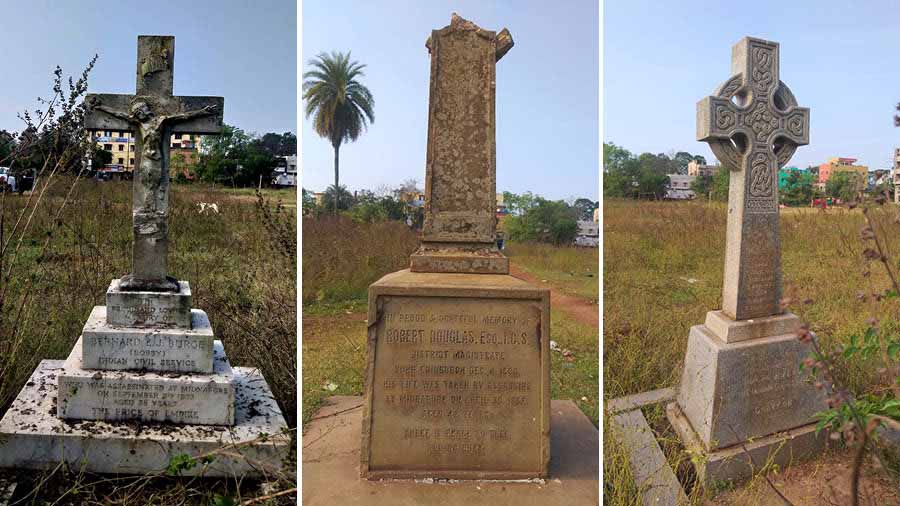Prelude
There is a street named D. L. Khan Road in south Kolkata connecting A.J.C. Bose Road and the Belvedere Road, which is well known for housing the Bhowanipore Cemetery. Very few remember that Bhowanipore Road was renamed in 1957 under the name of a landlord or zamindar named Debendra Lal Khan, who had worked hand-in-glove with Bengal revolutionaries plotting against the British Government. He hailed from the village of Narajole, about 115km west of Kolkata.
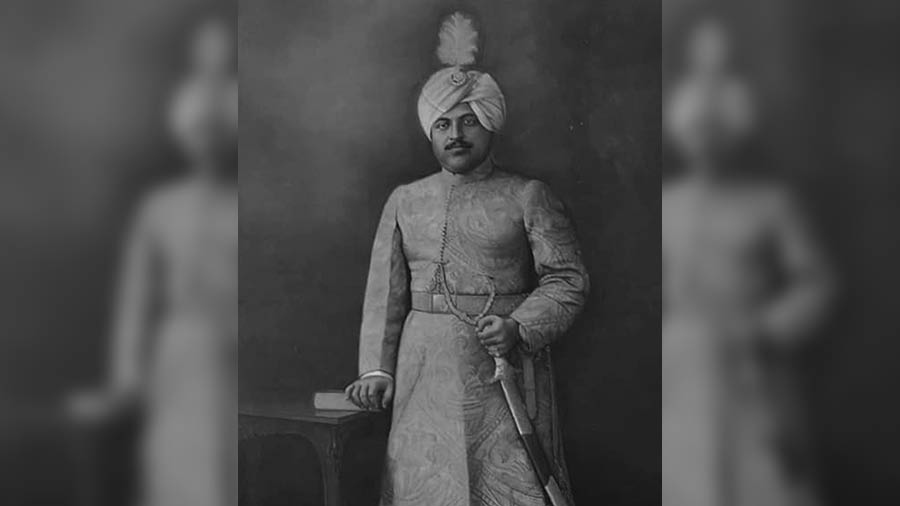
Raja Debendra Lal had close ties with Motilal Nehru, Jawaharlal Nehru, Mahatma Gandhi and Subhas Chandra Bose
In recent times, the village of Narajole, situated in the West Midnapore district of West Bengal and approximately 115 km west of Kolkata, has emerged as an excellent destination for a weekend day trip, especially for those interested in exploring the architectural heritage of rural Bengal.
Unlike many other zamindars, the descendants of the local landlords of Narajole, despite receiving honours such as the title of ‘Raja’ from the British, discreetly supported and financed the Freedom Movement against British rule. Within hidden cellars of the palace and the surrounding jungle, revolutionaries held meetings and provided training to their comrades. Interestingly though the Zamindars were Hindu, they had the title of ‘Khan’.
Early history of Narajole Royal Family
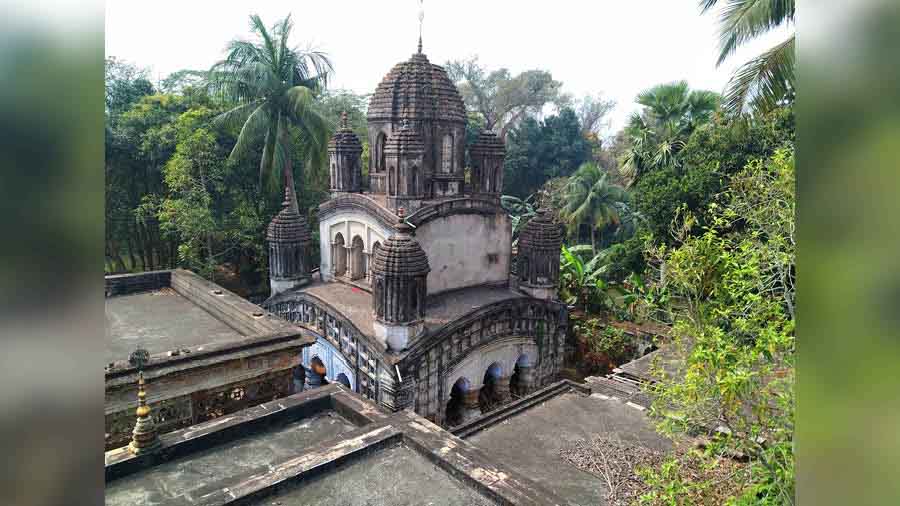
The nine-pinnacled Govinda Jiu Temple inside the complex
The founder of the Narajole Royal family, Uday Narayan Ghosh, is believed to have ancestral ties with the illustrious Ichai Ghosh lineage. He settled in Narajole approximately 600 years ago. Balwant Ray, a descendant in the eighth generation, was bestowed with the distinguished title ‘Khan’ in 1596 by none other than the renowned Man Singh, who served as the Subedar (Governor) of Bengal and acted as an emissary for Akbar. Thus from 1596, the zamindars of Narajole had their title as ‘Khan’.
Involvement of the family in India’s freedom struggle
The Narajole Royal family had good relations with the British rulers, but situation changed with arrival of Narendra Lal Khan in the scenario despite the fact that he was awarded the title of ‘Raja’ by Sir Charles Alfred Elliott, Lieutenant Governor of Bengal (1890-1893) just like his illustrious father Mahendra Lal Khan (1843-1892), who was a talented writer and musician.
In protest of the partition of Bengal in 1905, a protest day was observed on October 16, in various areas of the district including Midnapore town and Narajole. Narendra Lal Khan took part in it. He even provided financial help to revolutionary Khudiram Bose, for selling Swadeshi items from a shop at Burrabazar area of Kolkata.
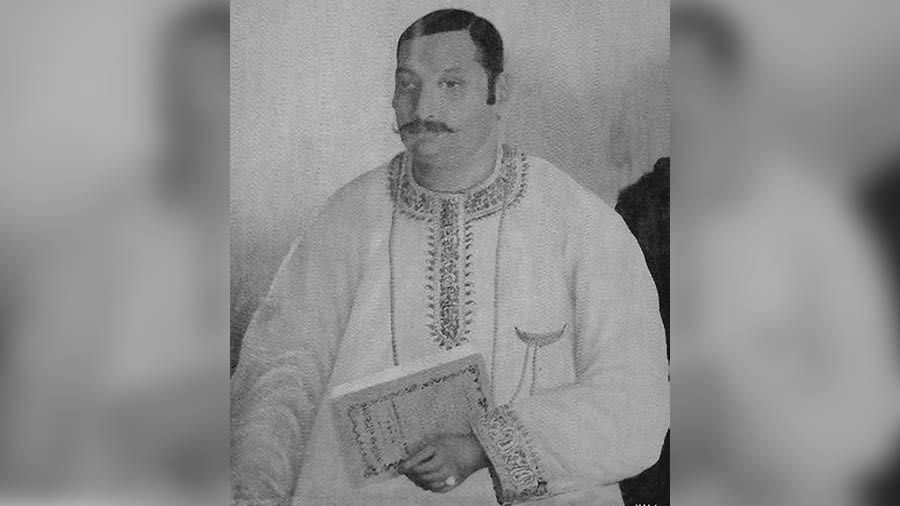
Mahendra Lal Khan was fluent in Persian and Sanskrit at the age of 15. Apart from being associated with various philanthropic activities he was a talented writer and musician
Revolutionary Hem Chandra Kanungo was associated with Aurobindo Ghosh and his brother Barin Ghosh as they were busy building revolutionary organisations like Anushilan Samiti. Kanungo travelled to Paris in 1907, where he learnt the technique of assembling Picric acid bombs from exiled Russian revolutionaries. The total operation was based on with major financial support from Raja Narendra Lal Khan.
The Raja even helped to build a secret abode of the revolutionaries inside the Narajole Palace. Training on operating firearms and bomb building also took place here. Prominent revolutionaries used to hold secret meetings inside the safe sanctum of Narajole Palace.
The revolutionaries made two attempts in November and December of 1907 to derail the train carrying Lieutenant-Governor of Bengal, Andrew Fraser. Fraser was lucky to escape the attack. Narayangarh is located 76 km south of Narajole. Police arrested Barindra Kumar Ghosh and two other revolutionaries for the attacks.

The statue of Subhas Chandra Bose on the backside of Hawa Mahal in memory of his visit to Narajole. Police raided this building too for arresting revolutionaries
The police had their doubts on Narendra Lal Khan. On August 28 1908, British police arrived at the royal palace of Narajole with a search warrant and searched the palace and the Hawa Mahal. They recovered some firearms and bullets which resulted in the arrest of Narendra Lal Khan. The great man of Narajole was kept in a condemned cell of Midnapore Central Jail in isolation. On September 23, Narendra Lal was granted bail after two guarantors paid Rs 50,000 each as the bail amount.
The British were furious and they immediately took back the title of ‘Raja’ and all other facilities from Narendra Lal Khan. Narendra Lal was prevented from meeting any outsiders. That did not dampen Narendra Lal’s spirit. He continued funding revolutionary organisations. The British Government tried to prove that Narendra Lal stored firearms on his premises and supplied them to different revolutionary groups. Also the British Government was persuading his subjects to not pay any tax to the royal family.
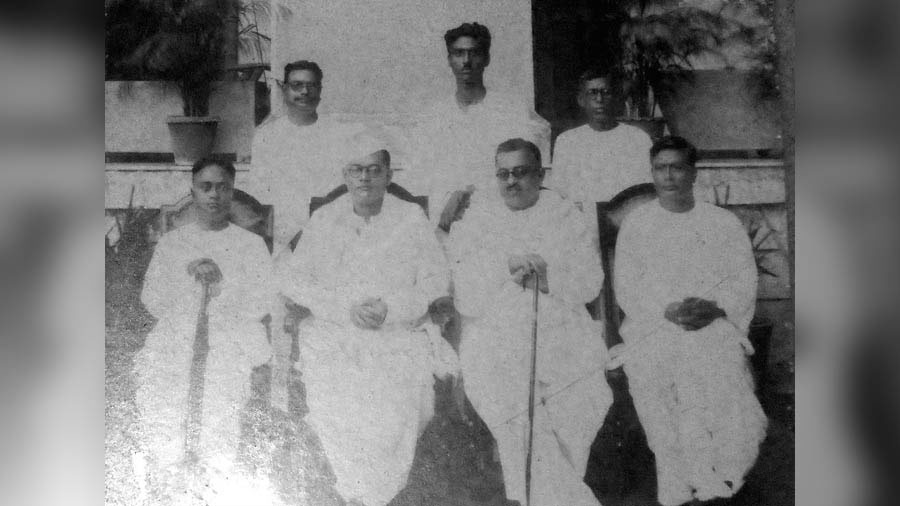
Subhash Chandra Bose with Raja Debendra Lal Khan and family Debashish Bhattacharya
Narendra Lal continued his support for revolutionary groups until his death in 1920. His son Debendra Lal Khan continued to help revolutionaries by donating to their cause. He was associated with Subhas Chandra Bose, Jawaharlal Nehru and Mahatma Gandhi. All had visited Narajole. When Subhas Chandra Bose visited Vienna for his medical treatment in 1933, Debendra Lal donated as much as Rs 50,000 for the cause.
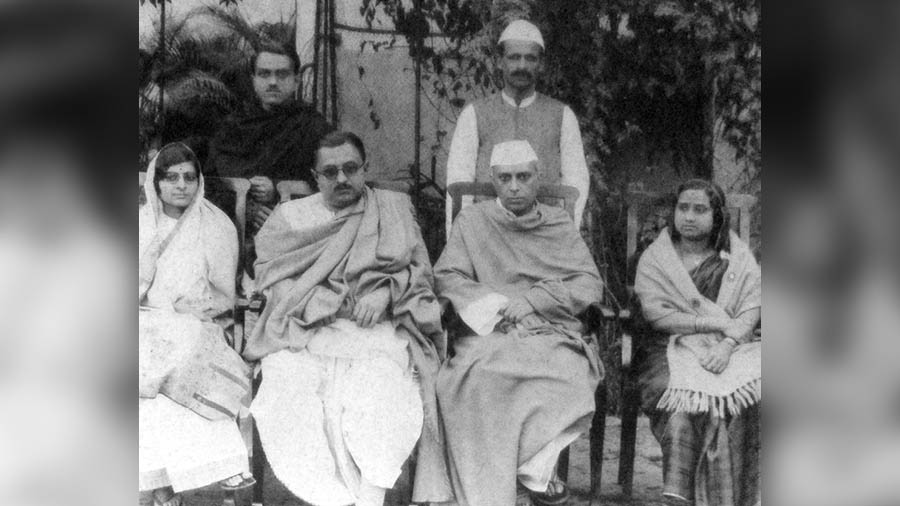
Jawaharlal Nehru with Raja Debendra Lal Khan and family Debashish Bhattacharya
After the death of Narendra Lal Khan, his son Debendralal Khan continued his legacy. He supported the “Purna Swaraj” and on January 26, 1930, he hoisted the National Flag at Narajole Palace and vowed total freedom. He actively supported Mahatma Gandhi’s Salt March. After the murderous act of killing unarmed prisoners in Hijli detention camp in 1931, Debendra Lal gave an inspiring lecture in an open-air meeting, which ultimately inspired revolutionaries to kill the notorious District Magistrate of Midnapore, James Peddie, in 1931, and Robert Douglas, in 1932, who was instrumental in the detention camp killings.
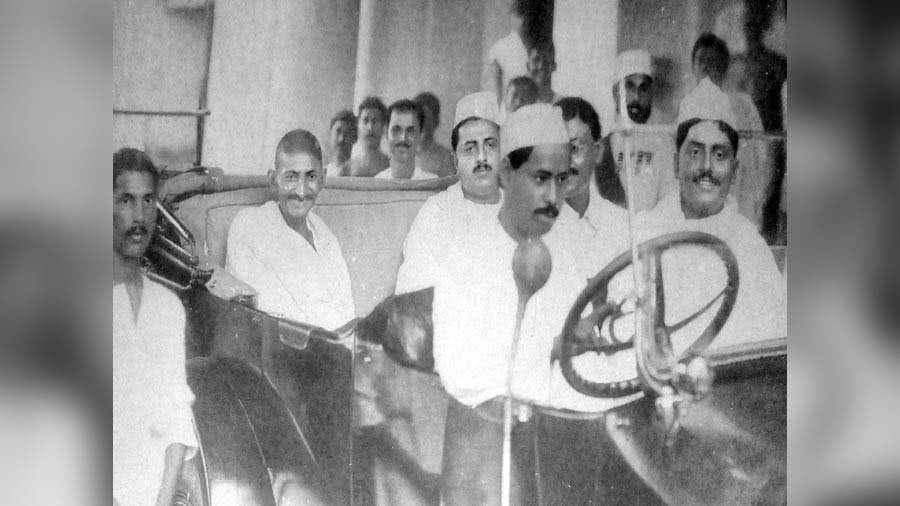
Mahatma Gandhi with Bijay Krishna Khan, son of Raja Narendra Lal Khan on his way to Narajole Rajbari Debashish Bhattacharya
With its rich history and its existing built heritage Narajole has the prospect of becoming a heritage tourist hotspot. However, the roles played by two of the past descendants of the Narajole Raj family is still unknown to many. A book in Bengali by local historian Debashish Bhattacharya is a great resource.

